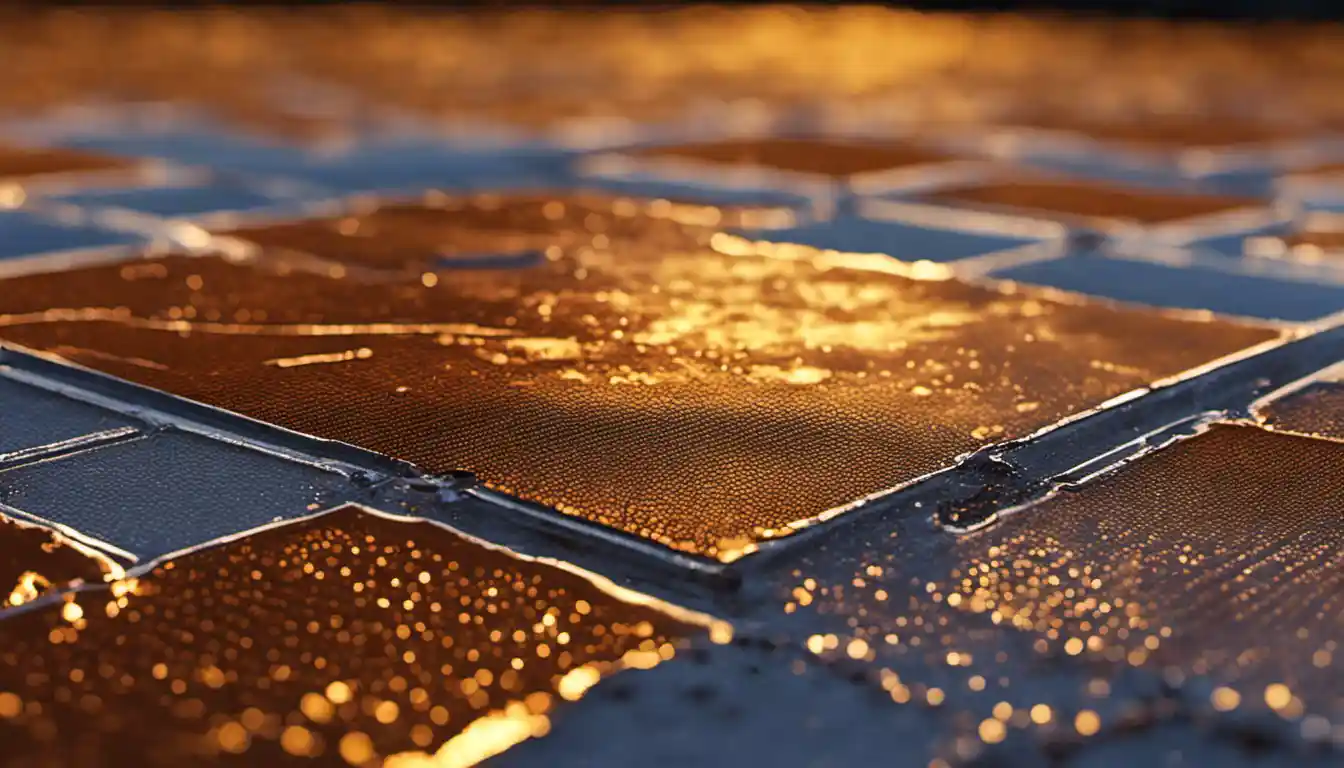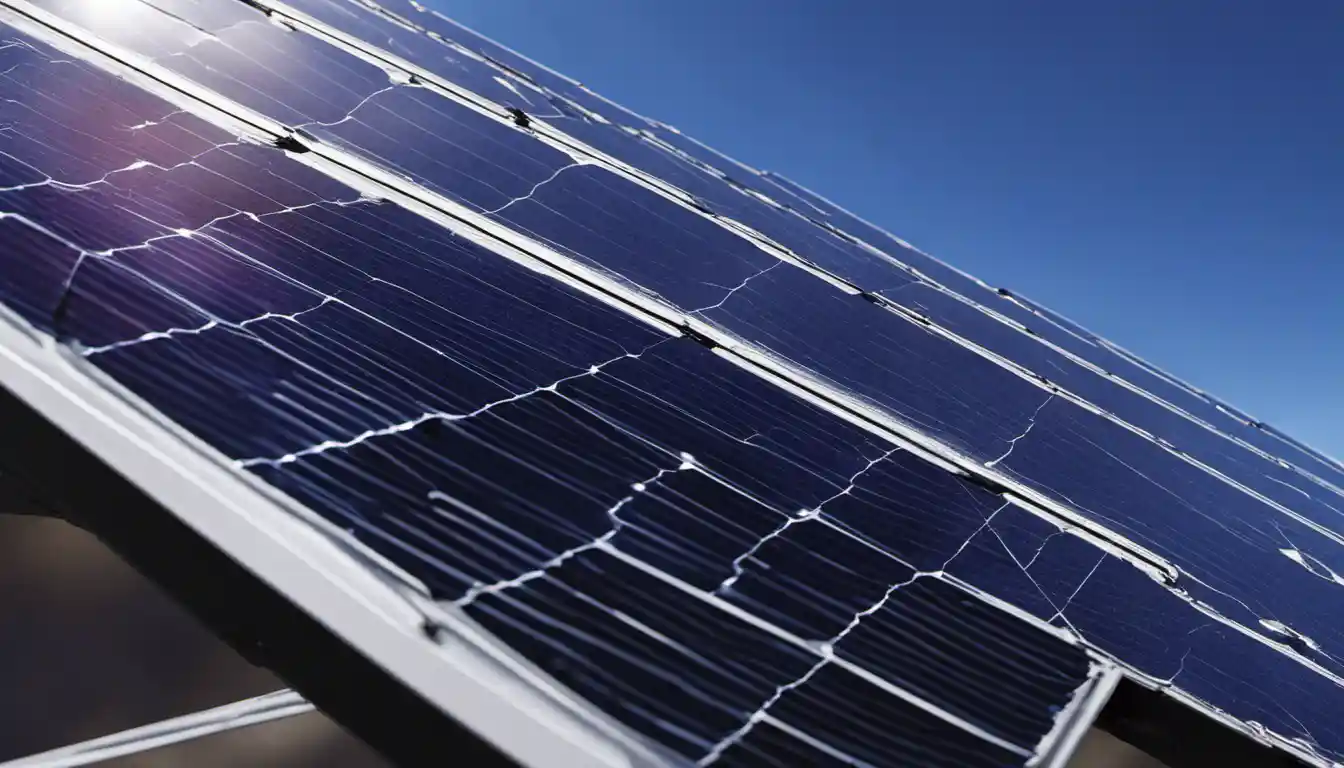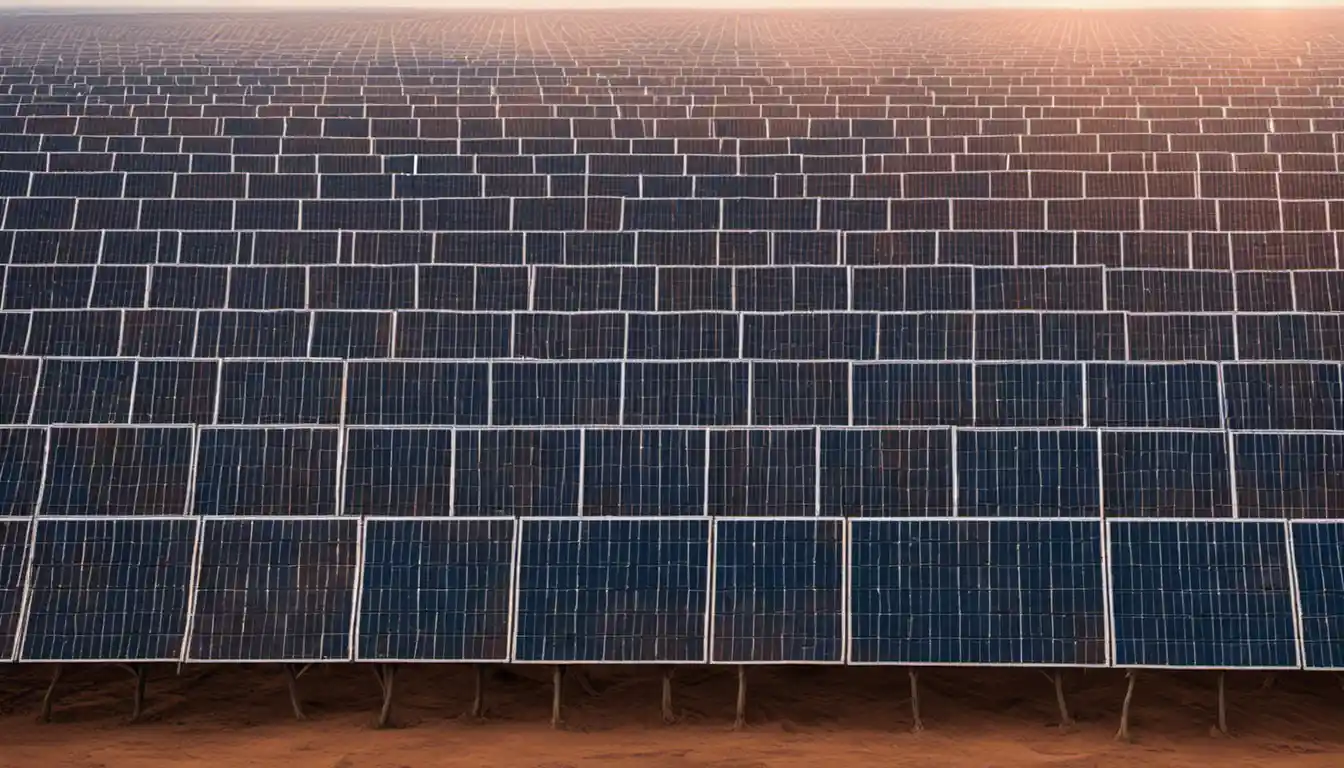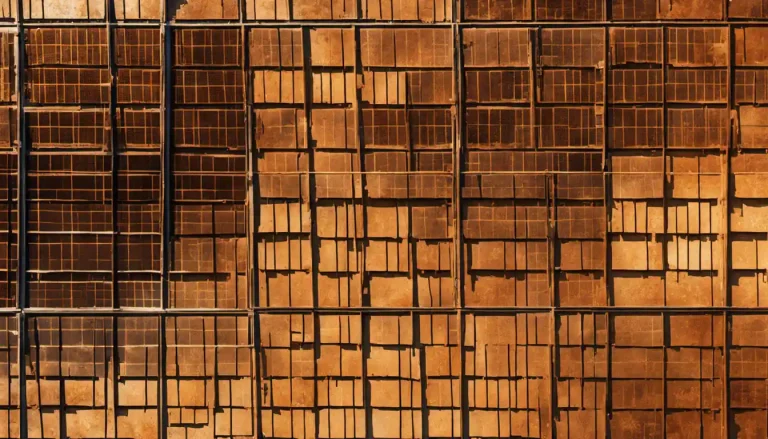Introduction
Solar panel discoloration is typically the result of long-term exposure to the elements, such as sunlight, rain, and dust. This issue may affect the aesthetic appearance of the panels, but it does not generally impact their functionality or efficiency. However, severe discoloration could potentially indicate damage, in which case a professional evaluation might be necessary.
Discoloration of Solar Panels: An Overview
What is Solar Panel Discoloration?
It’s easy to mistake solar panel discoloration as a simple aesthetic issue — much like seeing your car’s paint fade with the years. However, in the realm of solar panels, this discoloration is a deeper phenomenon with potential consequences. Solar panel discoloration is a physical change in the panel’s color due to environmental factors or material degradation, especially the yellowing or browning of their once clear and shiny surfaces.
The Role of Ethyl Vinyl Acetate (EVA) in Solar Panel Discoloration

Central to the “why do solar panels change color” query is the role played by Ethyl Vinyl Acetate (EVA) – a type of plastic that seals the solar cells inside panels. EVA is initially translucent to allow sunlight to pass through to the cells. However, over time under extreme temperatures, UV light, or humidity, EVA may suffer from an issue known as ‘thermo-oxidative coloration,’ turning yellow or brown. Simply put, it’s kind of like when you leave a piece of clear plastic out in the sun and it starts to turn a yellowish hue.
Causes of Solar Panel Discoloration
The Uncontrolled Chemical Reaction
Solar panel discoloration is predominantly due to what I term an ‘uncontrolled chemical reaction.’ This reaction happens between the lamination materials (including EVA) and the oxygen in the environment. With prolonged exposure to sunlight, the EVA starts to oxidize and causes the surface to change color.
Environmental Factors
Dirt, dust, bird droppings, and other environmental factors can also cause solar panel discoloration. Furthermore, pollution has been linked to causing a greyish hue on solar panels. If you’re based in a highly industrialized area – oh boy, your panels may have a tough time keeping their shine!
Effects of Solar Panel Color Changes on Efficiency

A central question regarding solar panel discoloration revolves around efficiency — does a change in color impact how well they work? Interestingly, in most cases, the effect is minimal. During my two decades in the field, I’ve seen discolored panels continue to perform efficiently. However, in instances where the discoloration is due to dirt or debris, this may block sunlight from reaching the cells and, in turn, reduce their functioning. Therefore, consistent cleaning is a wise guy’s preventive measure for panel upkeep. You can find more information including tutorials and best practices on our solar panel maintenance page.
Ways to Prevent Solar Panel Discoloration
Regular Cleaning and Maintenance
Step one in the fight against solar panel discoloration is regular cleaning and maintenance. Think of it as brushing your teeth – teeth left unbrushed will discolor, right? The same applies to your solar panels. If dust, dirt, and bird droppings are not washed off frequently, panels will discolor and performance may take a hit. Check out our detailed maintenance guide over here.
Use of High-quality Materials
Step two involves the use of high-quality solar panel materials. Inferior EVA may discolor faster than superior ones. It’s really important to avoid skimping on the quality just to save a few bucks. After all, these are long-term investments we’re making, not splurging on the latest sneakers.
Degradation of Solar Panels over Time

Understanding the Degradation Phenomenon
Solar panels, like all pieces of technology, degrade over time. According to a widely acclaimed report, solar panels degrade by approximately 1% each year. Degradation does not necessarily correlate with discoloration, but discoloration could be a sign of degradation in progress.
How Discoloration Contributes to Degradation
In instances of severe discoloration (for example, turning deeply yellow or brown), it is possible that discoloration might be hinting at bigger overall problems rather than just surface coloration. In such cases, the discoloration may indicate a reduced lifespan for the solar panel.
Conclusion
From my point of view, solar panel discoloration might not be as concerning unless it starts to affect the panel’s efficiency. However, prevention is always better than cure, especially when it comes to protecting and extending the lifespan of your solar panels. Regular cleaning, maintenance, and using high-quality materials during installation can help avoid discoloration, ensuring your panels not just look shiny but also perform at their peak!



